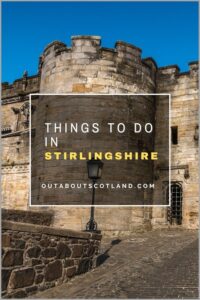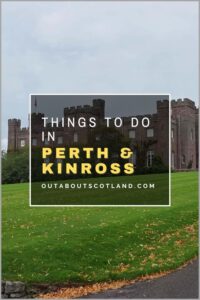Central Scotland & Tayside
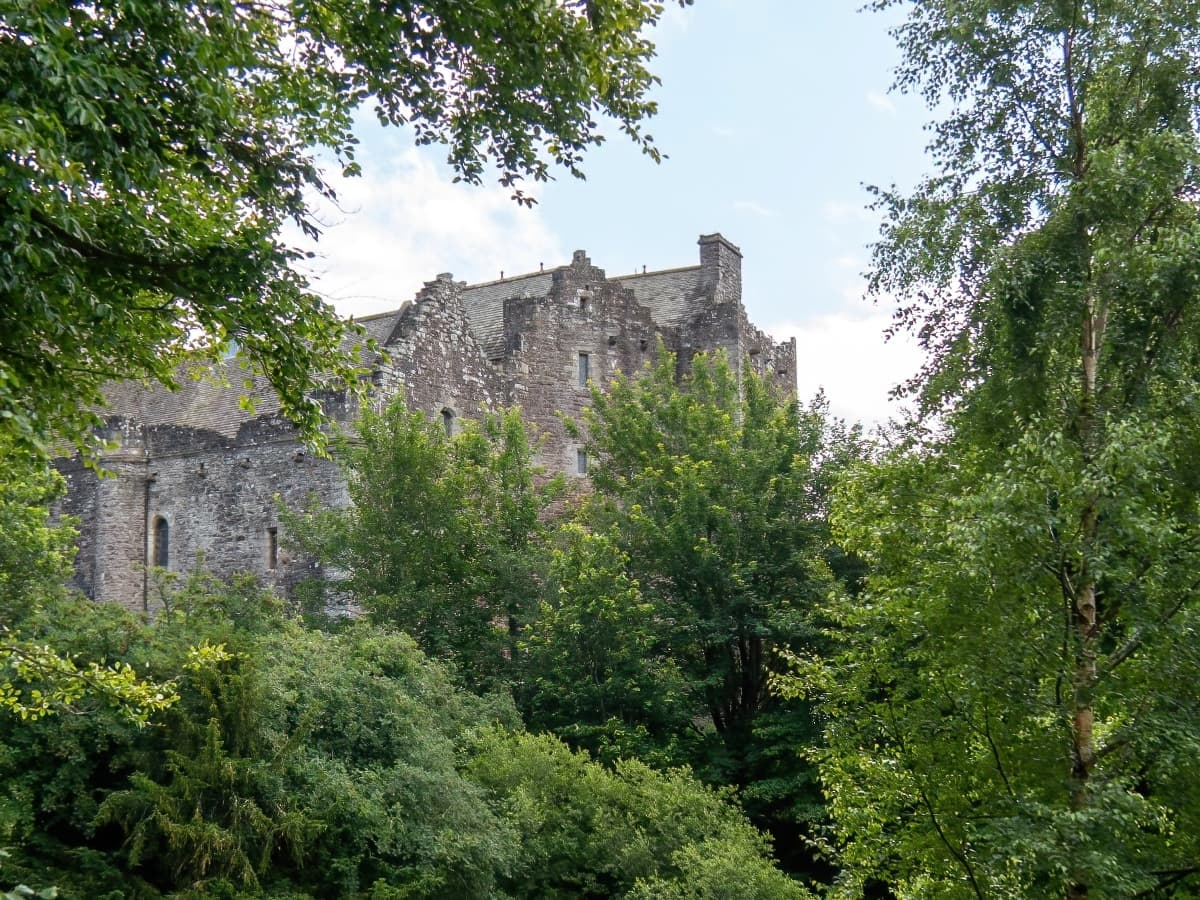
Central Scotland
Central Scotland encompasses the country’s central belt, sitting north of Edinburgh and Glasgow and including both Lowland and Highland areas. The geography of Central Scotland is a delightful mix of rolling hills, lush farmlands, and vast lochs. The Grampian Mountains to the north and the Southern Uplands to the south define the area and offer a variety of different terrains for all types of adventurers.
The landscape of central Scotland is nothing short of breathtaking. The Campsie Fells (north of Glasgow) and Ochil Hills (north of Stirling) offer a combination of rugged beauty and tranquilly, as does the River Forth, a major waterway that flows through the region and merges with the River Teith a few miles west of Stirling.
Central Scotland also boasts a multitude of cities, towns and villages, each with their own unique charm. Stirling, known as the ‘Gateway to the Highlands’, is a city steeped in history, just like Falkirk, which is another must-visit thanks to the impressive Falkirk Wheel, the world’s only rotating boat lift that connects the Forth and Clyde Canals with the Union Canal.
Perth, once the capital of Scotland, is a great tourist destination as it features stunning architecture, a friendly community atmosphere, and the beautiful River Tay which separates the city from Scone Palace, the former crowning place of Scotland’s royalty.
Stirling Castle, a beautiful palace-fortress that rivals Edinburgh Castle, is an absolute must-see, just like the National Wallace Monument which commemorates the famed Scottish national hero, William Wallace.
For a unique experience, Helix Park and The Kelpies, the world’s largest equine sculptures, are just a stone’s throw away, while ancient sites like Dunblane Cathedral and Doune Castle (famous for appearing in TV shows such as ‘Outlander’) are a short drive away.
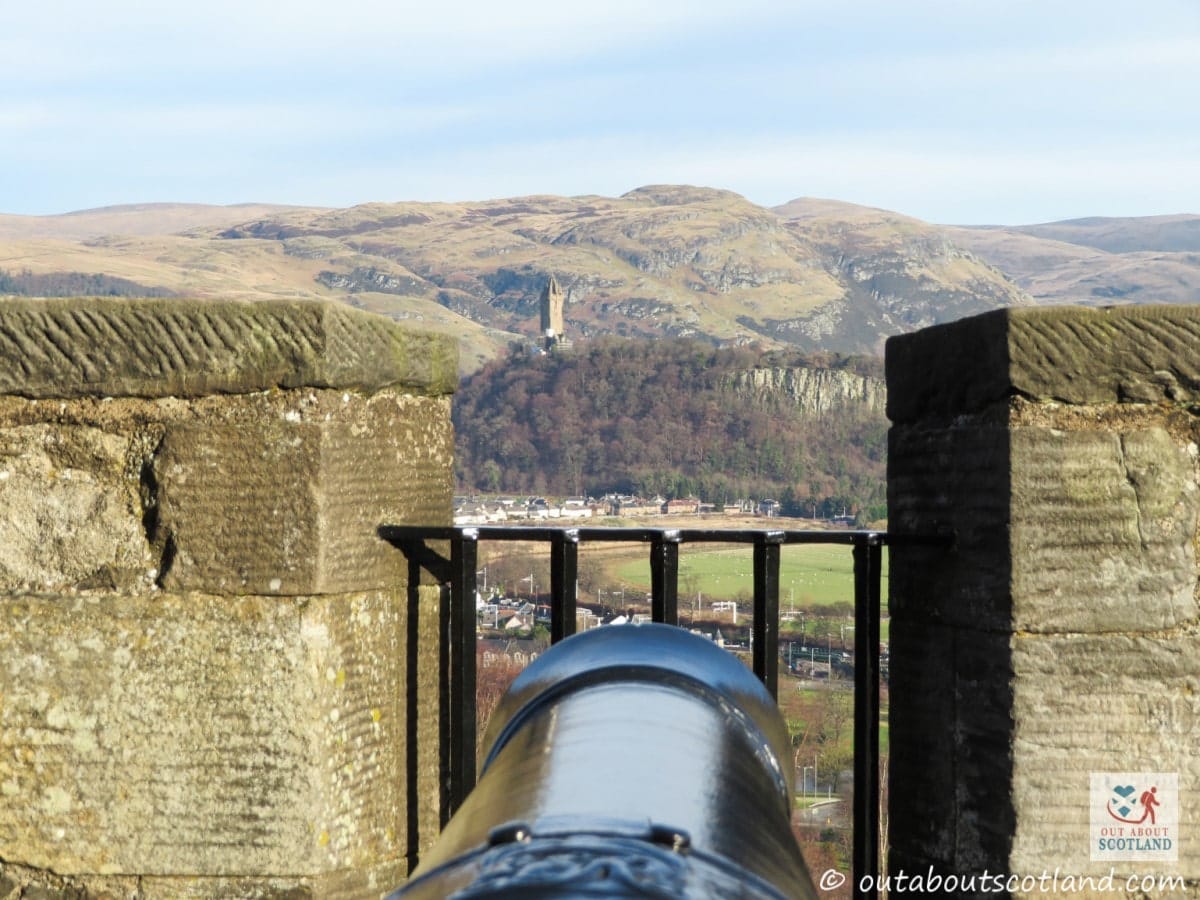
Tayside
Tayside, a region in eastern Scotland, is a mesmerising combination of gorgeous scenery and rich history, yet it’s one of the least visited areas in the country. Tayside is strategically located between the Central Lowlands to the south and west, the Grampian Mountains to the north, and the North Sea to the east. Its location makes it easily accessible from major cities like Edinburgh and Glasgow as well as Aberdeen and Perth, so it’s a great area to use as a base to explore Scotland.
Geographically, Tayside is a study in contrasts. The landscape varies between rugged mountains, the fertile plains of Strathmore (also known as ‘Scotland’s larder’), an exceptionally pretty coastline from Carnoustie to Montrose, and the 120-mile River Tay, Scotland’s longest river, which flows through the region.
This diverse geography provides a habitat for a wide range of flora and fauna and makes it a haven for nature enthusiasts, especially at places like Seaton Cliffs Nature Reserve which is well known for its spectacular red sandstone cliffs.
Tayside also hosts a variety of towns and villages. Dundee, the region’s largest city, is a cultural hub that has become synonymous with innovative design thanks to the V&A Dundee which is Scotland’s first design museum. The city is also home to the RRS Discovery, Captain Scott’s Antarctic Expedition Ship, and the McManus which is one of the finest museums in the country.
The picturesque villages of Blairgowrie and Kirriemuir, meanwhile, are renowned for their quaint charm and offer a slower pace of life, even though they’re close to major tourist attractions like Glamis Castle which is widely regarded as being one of Scotland’s most beautiful fortresses. Additionally, nature lovers can explore the Loch of the Lowes Wildlife Reserve or hike into the depths of Cairngorms National Park, while golfers can test their skills at the world-renowned Carnoustie Golf Links.
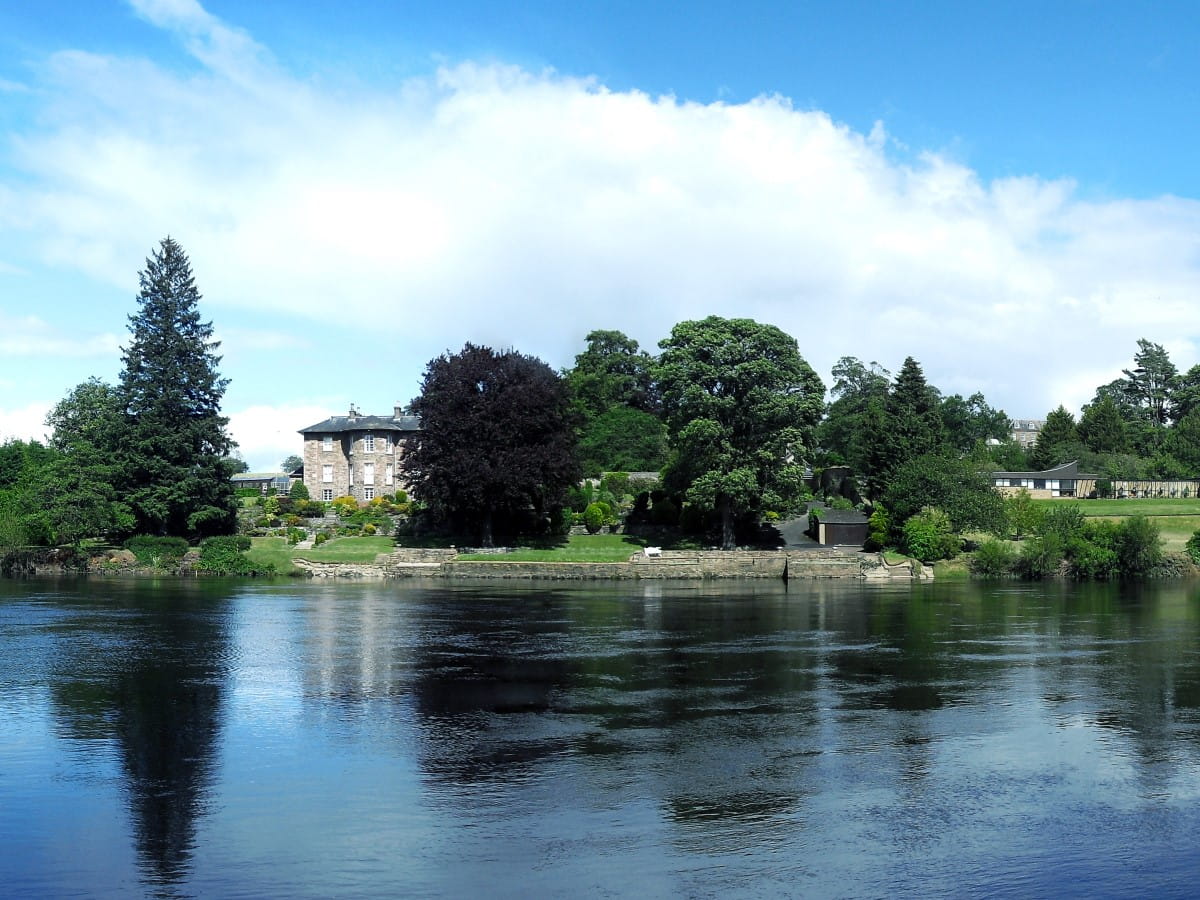
Subcategories
Search for Things to Do in Scotland
Looking for something specific? Try a search.
Find things to do in Scotland by clicking each region on this map.


